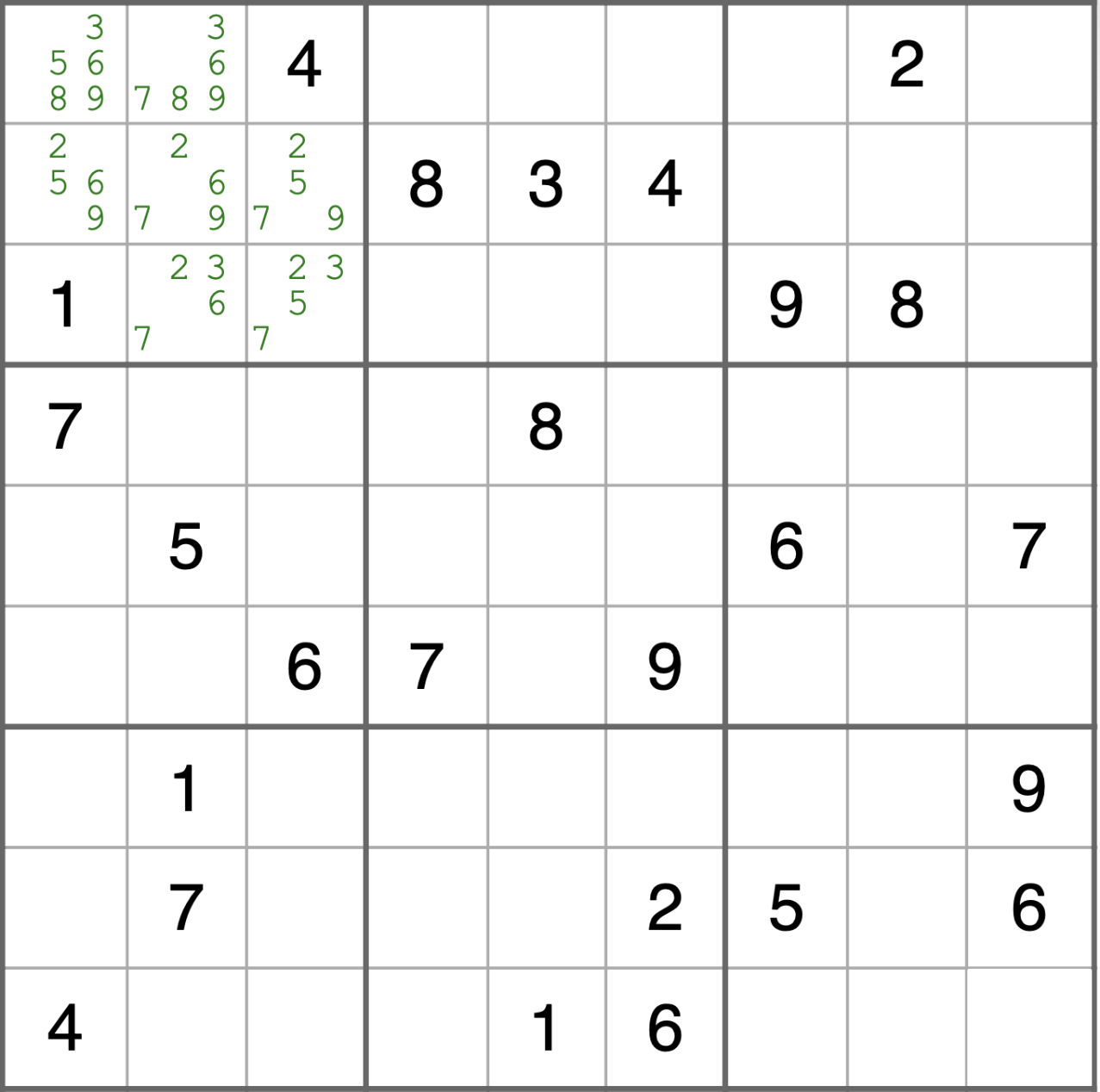Formalization complement creativity
We tend to think that formalization and theories are unnecessary or even harmful as they try to constrain nature, which is (and should be) unconstrained1. The idea of infinite possibilities can be charming; in practice, however, it is overwhelming, thus limiting creativity. It is counterintuitive that the creative process is possible once we introduce some limits.
When two people are looking for a solution to some problem, often the problem is so vaguely defined that they start looking for solutions to two different problems. They start a dispute that concludes merely on a redefinition of the problem.
As the complexity of the problem grows, the lack of precise definition amplifies its hardness.
Informalism is vulnerable to ambiguity; it widener the interpretation spectrum. Therefore, when it comes to solving complex problems, the lack of an accurate definition of a problem makes it even harder.
The human brain has seven (plus/minus two2) “thinking cells,” and each cell can hold one variable at a time.
Formalization reduces the complexity because it immobilizes variables to constants; it moves them from “thinking cells” of our brain into notes, recipes, schedules, equations, formulas, or code. Releasing the thinking cells makes the further development of an idea possible.
Like a computer, once it reaches 100% of RAM, it cannot move further—slows down or even freezes.
However, the goal isn’t to keep cells empty. The creative process is possible only in these “thinking cells,” so they must be constantly filled up to about 80%. When all the cells get filled, you have to formalize — dump some assumptions/variables into an external brain like paper, schedule, code, etc.
Like solving sudoku, it’s possible without using hints, but only up to some level. The figure below presents a puzzle on evil mode. Consider the first square; each cell has at least four possibilities, therefore if you want to focus merely on one cell, you are left with 7±2-4 “thinking cells” for further deductions. Or, formalize—write down hints—and proceed with the full power of your brain.

Most real-life problems are not as “simple” as sudoku, yet we can apply techniques similar to the sudoku hints.
When stuck on a problem you can not solve merely in your head, write it down, try to formalise, try to reduce the complexity. It will initialize the creativity process and thus, the solution will magicaly appear in your head.
Creativity is bottlenecked by complexity. By reducing complexity, we can raise creativity.
Imagine an oracle, or a wise man, who can solve any problem once it gets an accurate description. Only by formulating your problems this way, most of them magically gets resolved.
Accounting, programming, math, academic writing, documentation, technical drawings, law contracts, all may seem formal; therefore, dull. But the formality is there for a reason, to immobilize variables and enable creativity. Once you realise that, you will appreciate why so many people are fascinated by these “boring” fields.